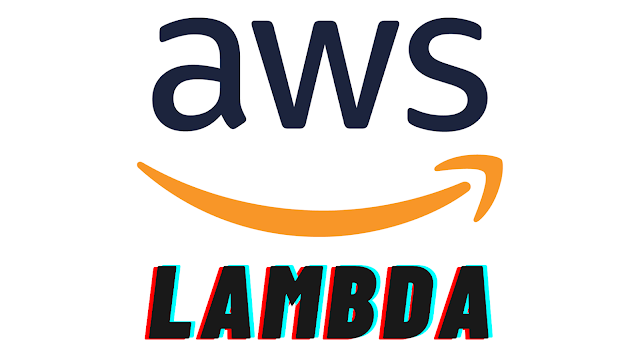AWS Lambda: A Beginner’s Guide
AWS Lambda is a serverless compute service provided by Amazon Web Services (AWS). It allows you to run code without provisioning or managing servers. You only pay for the compute time you consume, making it cost-effective and efficient.
In simple words, AWS Lambda lets you execute code in response to events, such as file uploads, scheduled tasks, or messages published to an SNS topic. Let’s dive deeper into how it works and explore some practical examples.
How AWS Lambda Works
Event Triggers: Lambda functions are triggered by events. Some examples include:
- A file uploaded to Amazon S3 (cloud storage service).
- A cron job that runs your function at regular intervals.
- A message published to an SNS topic (a publish-subscribe service).
Function Execution: When an event occurs, AWS Lambda automatically provisions compute resources to run your code. It executes your function in an isolated environment.
Scaling: Lambda scales automatically based on the incoming workload. If many events occur simultaneously, Lambda creates multiple instances of your function to handle them.
Billing: You are billed only for the compute time your function consumes. There’s no need to worry about server maintenance or capacity planning.
Practical Examples
1. Media Transformation
Imagine you’re building an application that handles media files. You can use Lambda to automatically resize images when they’re uploaded to an S3 bucket. Here’s how it works:
- Event: A user uploads an image to S3.
- Lambda Function: Your Lambda function triggers on the S3 upload event.
- Action: The function resizes the image and stores it back in S3.
2. Cross-Device Development
Developing applications for different devices can be challenging. Lambda can help by converting media files to different formats suitable for various devices. For example:
- Event: A video is uploaded to S3.
- Lambda Function: Your function converts the video to different resolutions and formats.
- Action: Users can stream the video seamlessly on their phones, tablets, or desktops.
3. Real-Time Data Processing
Lambda is excellent for real-time data processing. Let’s say you’re building a chat application:
- Event: A user sends a message.
- Lambda Function: Your function processes the message, checks for profanity, and logs it.
- Action: The chat remains clean, and you have a record of all messages.
Conclusion
AWS Lambda simplifies serverless computing, allowing you to focus on writing code rather than managing infrastructure. With practical examples like media transformation, cross-device development, and real-time data processing, you can harness the power of Lambda for your applications.
Remember to explore the official AWS Lambda documentation for more details and best practices. Happy coding!




Comments
Post a Comment